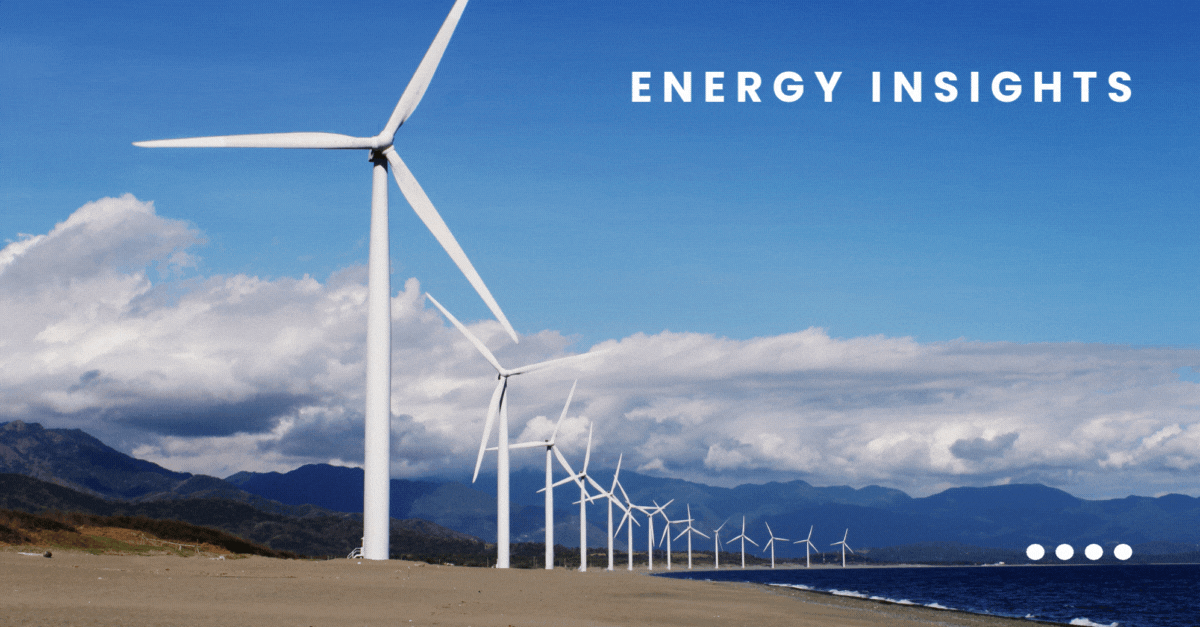
Australia is charging toward a net zero future – at least on paper. Emissions reduction targets are rising, coal closures are locked in, and governments are betting big on renewables. But there’s a growing disconnect: while climate policy pushes for rapid decarbonisation, real-world energy demand is accelerating in the opposite direction.
This is the tension shaping Australia’s energy future. We’re trying to replace dispatchable fossil fuels with renewables, at the same time as electrification, industrial needs and data-driven technologies are pushing consumption up, faster than you can say "Hey, Google".
From EVs to electric heat pumps to AI data centres, demand is forecast to grow significantly over the coming decade. According to Deloitte, global demand from AI data centres alone is expected to reach 176 GW by 2035 – five times what it is today. That’s nearly triple the capacity of Australia’s entire National Electricity Market.
A TechTimes article summarises UBS analyst Tom Allen’s projection that Australia’s data centres (driven by AI and cloud computing) could require between 3.3 and 5 GW of new capacity by 2030, growing at roughly 16% annually predicts – more than double today’s levels, and higher than Adelaide’s peak load.
Electrification of transport and heating will add further pressure, as millions of homes and businesses transition off gas and into the grid. Yet we’re planning to remove the foundation of today’s electricity supply – coal – without having sufficient dispatchable, firmed alternatives in place. And that gap is beginning to widen.
Victoria has seen one of the most high-profile setbacks so far: the collapse of its flagship offshore wind project, Gippsland Dawn. Developer BlueFloat Energy is reportedly pulling out after failing to secure a buyer or viable investment pathway – a major blow to Victoria’s 2 GW by 2032 and 9 GW by 2040 offshore wind targets
At the same time, the Marinus Link – designed to unlock clean hydro and wind power from Tasmania – is delayed and facing significant cost overruns.
Even fully built renewable projects are being told to wait for grid access, with transmission congestion and curtailment undermining revenue models and investor confidence. All the while, coal plants are closing, further tightening the supply/demand balance.
Rising energy costs aren’t just a headache for consumers, they’re threatening the viability of large employers and critical supply chains. The Albanese government is reportedly weighing a $135 million support package to keep three smelters operating across Tasmania and South Australia, including Australia’s only manganese processor.
These facilities are essential to manufacturing and export sectors, but can no longer compete under volatile wholesale prices – particularly with the added costs of carbon exposure, hedging uncertainty, and grid volatility.
It’s not the first bailout – and likely won’t be the last.
The growing mismatch between demand, supply and infrastructure has prompted the Australian Chamber of Commerce and Industry to call for a reality check. It says the 2030 target of a 43% emissions cut is already “slipping out of reach,” and that a 65–75% target for 2035 being canvassed by the Climate Change Authority would be “exceedingly challenging” and come with “significant adjustment costs across the economy”.
Meanwhile, the ACTU has suggested returning to a carbon pricing mechanism. In a recent submission to the Productivity Commission, it argued that the Gillard-era scheme was effective and should be reconsidered, despite the policy’s political demise and significant backlash at the time.
But with business costs rising and grid uncertainty worsening, those calls risk further politicising the energy transition rather than resolving its current delivery challenges.
What if the challenge isn’t ambition itself – but how we deliver it?
Australia’s energy transition will demand coordination, speed, and pragmatism. Some of the key questions we should be asking:
These are not questions for policymakers alone.
Australia needs network operators, regulators, industry, developers, energy users, and governments working from the same playbook. If the transition is to succeed, it must be engineered through collaboration, not just ambition.
Because without serious action to align policy with reality, we risk ending up with neither reliable energy nor a credible path to net zero.
Explore our monthly market wraps for a comprehensive outlook on the Australian energy market, and start making smarter energy decisions.